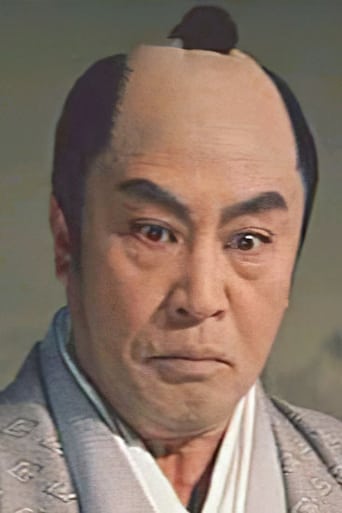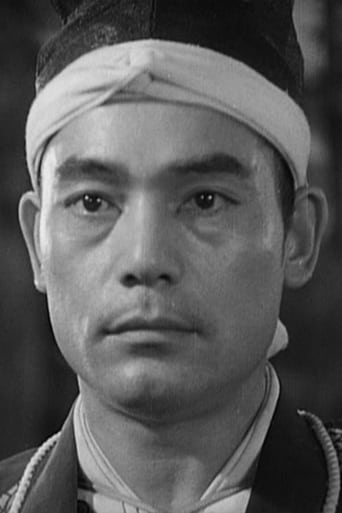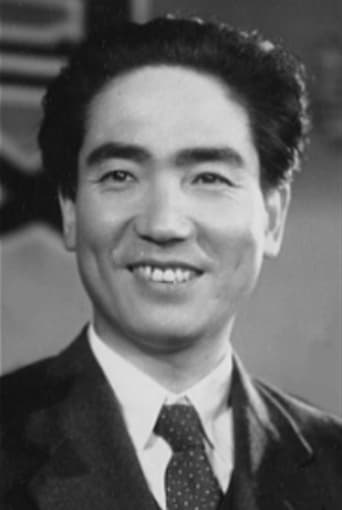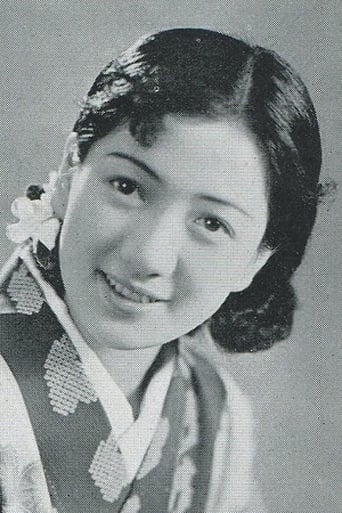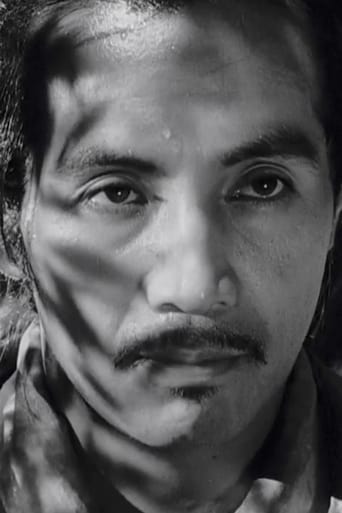SpuffyWeb
Sadly Over-hyped
Livestonth
I am only giving this movie a 1 for the great cast, though I can't imagine what any of them were thinking. This movie was horrible
Phillipa
Strong acting helps the film overcome an uncertain premise and create characters that hold our attention absolutely.
Platypuschow
Though not impressed with the original Sanshiro Sugata I did consider it a noteworthy film in Japanese movie history and certainly had its charm.The sequel see's our judo fighter hero presented with further foes he must vanquish and more moral dilemmas. Ontop of this he finds himself pressured into participating in an east vs west/boxing vs judo bout.This sequel was heavily criticized and considered a propaganda film (Of which there were many around this time coming out of Japan). Truth be told I don't understand why or how this could be considered such, there was no military/political motivation to be found.Inferior to the original? Yes, but not by much. The Sanshiro Sugata movies have their merits but don't deserve (In my opinion) the critical acclaim they recieved. I'm curious what happened with the sequels and quite look forward to finding out.The Good:Follows on from the original wellThe Bad:Looks dated even for its timeThings I Learnt From This Movie:Susumu Fujita was reincarnated as Mark DacascosFighting barefoot in the snow for real, there should be an oscar category for such feats!
Michael_Elliott
Sanshiro Sugata 2 (1945) ** 1/2 (out of 4) Kurosawa's sequel has Sugata (Susumu Fujita) still growing in the world of judo but outsiders are wanting to make the fighting style a sport and put it up against American boxing. This is a rather strange film but I do think it's better than the original just because of how out there it is. I've read that the government forced Kurosawa into making this and you can tell because that plays a part in the film. American boxing is really looked down upon and fighting as a sport is shown to be evil and this really translates to Kurosawa being unhappy as he was forced to make this just like the characters here are being forced to do something they see as morally wrong. Seeing the different fighting styles mixed up together was pretty fun as was the ending, which takes place during a snow storm. Fujita is a lot better here than he was in the previous film and really delivers a strong performance and makes his character quite memorable with the difficulties that he faces. The film's biggest problem comes in form of some rather choppy storytelling that has the film wonder off from its main goal way too many times and this is certainly true in the final fifteen-minutes before the final showdown. The low-budget nature of the film also shines through in a negative way but I'm sure the fans of the director will want to watch this at least once.
Matt
I searched for this film for many years after having seen and loved the original. After living in Japan for a while I came across a Japanese language version.This movie was a great disappointment to me and I'm sorry to say that Donald Ritchie's observation that Akira did not seem to take this project seriously seems to hold true. It has none of the visual or dramatic impact of the first Sanshiro film leaving only a standard Japanese propaganda film with little in the way of new scenarios,characterization or concepts.Unfortunately, even for fans like myself of Kurosawa this film is hardly worth watching.
bymarkclark.com
Due to its anti-American content, this film was never released in the US. Released in late 1945, in the early days of the American occupation of Japan, the movie has a strong anti-American slant. One of the two parallel plots of the film involves the young judo hero, Chee, and his battle to preserve the sanctity of the Japanese arts against the encroaching, brutish influence of American boxing. Americans are portrayed as a bunch of creeps. Eventually, Chee vanquishes the American champion to the wild cheers of his countrymen. This is by far the most interesting material in the film.The judo vs boxing plot runs alongside a more pedestrian story: Chee is challenged by the brother of the karate master he vanquished at the finale of the original film. This story is a virtual carbon copy of the original, but with few of the original's charming nuances. The climactic final battle -- which takes place on a snow-covered moutainside -- is a pale imitation of the original's finale, which took place in a field of high grass.The film also suffers from some of the same choppiness and fuzziness of narrative line that affected the original film, and a few other of Kurosawa's early works. Still, it's an entertaining effort. And it's remarkable as one of only two sequels Kurosawa ever filmed (the other being SANJURO, his follow-up to YOJIMBO). It appears Kurosawa learned from the experience of making SSP2 -- SANJURO is much more different from YOJIMBO than SSP2 is from its original, and a far more effective film than SSP2.
